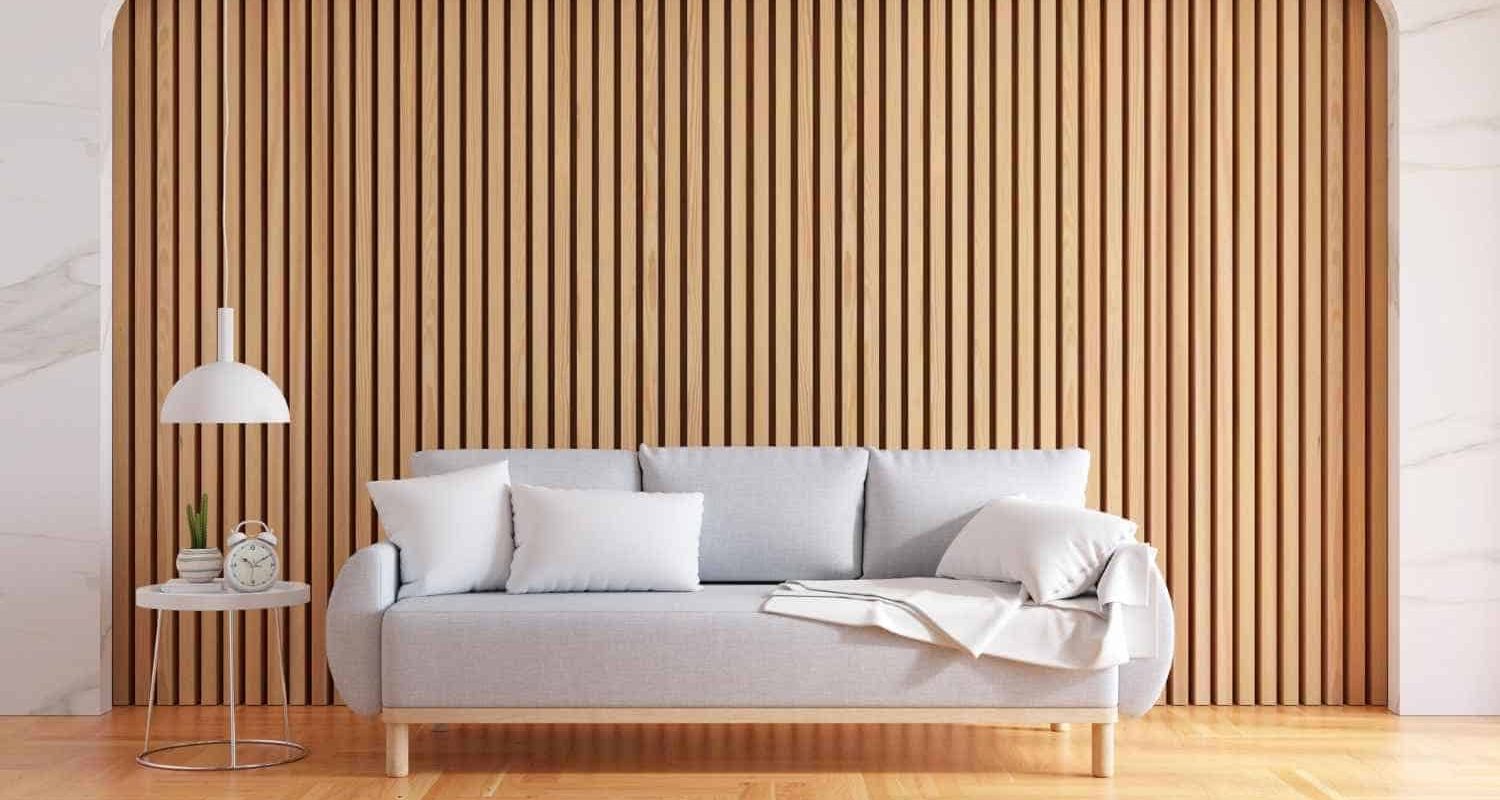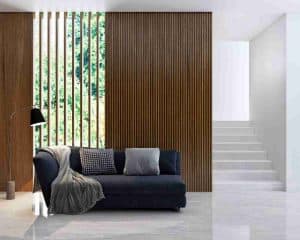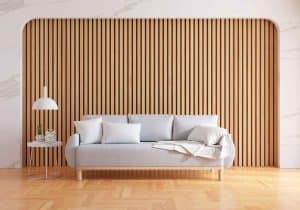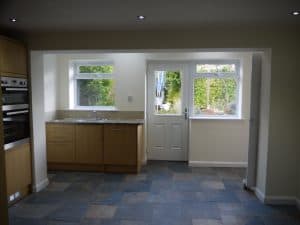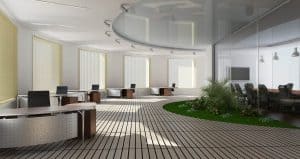If you cannot commit a hefty sum of money but want to make aesthetic improvements and breathe new life into your rooms, then wall cladding can be your go-to option. Read this blog to learn about wall cladding, why it’s helpful and a detailed view of different types of interior wall cladding.
“Cladding” means adding a covering/layer on a material or a structure. Wall cladding refers to adding a layer to your walls to increase their lifespan and visual appeal.
Interior Wall Cladding:
Interior wall cladding includes using different wallpapers or materials like timber, natural stone, or gyprock on your walls that are added as a top layer. They are primarily installed to customise the room’s interior and add an artistic touch to your walls. There are also many benefits of installing interior wall cladding.
Benefits of Installing Interior Wall Cladding
- Durability: It increases the durability since it is water resistant. It also provides acoustic absorption and thermal insulation.
- Added Value: If in future you want to sell your home, then interior wall cladding adds value to your home, increasing the chances of getting a high price and increasing buyer traffic.
- Refurbishment: It may give your house a refreshed appearance without requiring a complete renovation, making it a fantastic and reasonably priced upgrading option.
- Low-Maintenance: It has low maintenance requirements, can be cleaned easily, and is usually long-lived. It is also easy to install and requires no extra tools and techniques.
- Anti-Fungal and Anti-Bacterial: Some types of interior wall cladding, like HPL, shield against disease-causing harmful bacteria and fungi. They are a safe option if you have kids at home.
- Versatile: It comes in myriad shapes, colours and sizes, making it highly versatile.
- Affordable: It is an affordable option to upgrade your home.

Types of Interior Wall Cladding
Interior wall cladding has different types depending on the finish and material used. Here are the most common and popular types of interior wall cladding for you:
Stone Cladding
A bit expensive and low-maintenance option among its types is stone cladding. Its durability and luxurious finish make it a popular choice. This cladding has sub-types depending on the material used like Jerusalem, basalt, granite, marble, limestone or slate stone claddings. It is reusable, making it an eco-friendly and sustainable option. Depending on your taste and aesthetic preferences, you can also choose from different finish of the stones, like polished, honed or sandblasted finish.

Laminate Cladding
If you want a cheaper option with a great look, laminate cladding is for you. Laminate is known for mimicking materials like tiles, wood or stone without actually using them, which makes it less expensive but a popular choice. Compact laminate offers characteristics like anti-stains, anti-corrosion, weather-resistant, and static surfaces, making it hygienic and easy to maintain.

Stucco Cladding
With the likelihood of plasters, stucco is a primitive material for construction. Stucco cladding includes layers made from sustainable materials like sand, recycled concrete, and crushable stones. There is also synthetic stucco cladding available in the market. Still, experts refrain from its usage as it is prone to moisture absorption. It gives a retro finish and is durable with sound and fire-resistant characteristics.

Wooden Cladding
Like stone, wooden cladding is also a sustainable option since it is composed of reusable and recyclable materials and gives a natural-looking finish. It provides extra protection to the wall and comes in various textures and colours, giving you a wide range of options to align with your interior. It is easy to install but does not possess fire-resistant qualities and requires more maintenance.

Vinyl Cladding
It’s a well-deserved candidate for commercial use in schools, hospitals and offices because of the exceptional hygiene it provides. It is made from 60% chlorine extracted from salt, making it a sustainable option. That makes it cost low, but that doesn’t affect its capabilities to be highly durable, low maintenance, neat finish and versatility.

Metal Cladding
Metal cladding has been widely used in commercial structures; however, it is gaining momentum for its use in residential structures as well. Metal offers many enticing features like high strength, durability, lightweight and fire resistance. It also has a variety of options to choose from. However, it is usually prone to rusting, so it demands extra care and maintenance.

Conclusion
Each type has its pros and cons; however, every type adds strength and appeal to your interior. If you are thinking of installing it, hiring a professional like Apple Solutions Ltd. is the best thing to do to ensure a smooth finish and the right choice of material for your cladding. At Apple Solutions Ltd, we offer free surveys to give you accurate solutions and options for your home and make your dream refurbishment.

